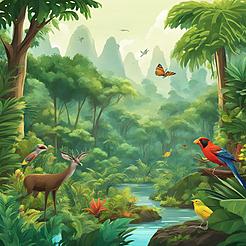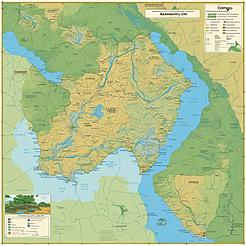Practice Questions: Journey through the Congo Basin
1) What makes the Congo Basin a biodiversity hotspot?
Answer: The Congo Basin is considered a biodiversity hotspot due to its incredible diversity of plant and animal species. It is home to a vast array of unique flora and fauna found nowhere else on Earth.
2) Why are indigenous communities important in the Congo Basin?
Answer: Indigenous communities in the Congo Basin have a deep connection to the land and play a crucial role in preserving traditional knowledge about the ecosystem. They are key stakeholders in conservation efforts and have valuable insights into sustainable resource management.
3) What are some challenges faced by the Congo Basin?
Answer: The Congo Basin faces threats such as deforestation, poaching, and climate change. These activities can disrupt the delicate balance of the ecosystem, leading to habitat loss and endangering species that depend on the region for survival.
4) How can conservation efforts help preserve the Congo Basin?
Answer: Conservation efforts such as establishing protected areas, promoting sustainable land use practices, and involving local communities in decision-making processes can help preserve the Congo Basin. By protecting the biodiversity and ecological integrity of the region, conservation efforts contribute to maintaining the health of the ecosystem.
5) What are the main threats to the Congo Basin, and how can they be addressed?
Answer: The main threats to the Congo Basin include deforestation for logging and agriculture, illegal poaching, and climate change. These threats can be addressed through implementing sustainable land use practices, strengthening law enforcement against illegal activities, promoting community-based conservation initiatives, and raising awareness about the importance of preserving the Congo Basin's biodiversity.




